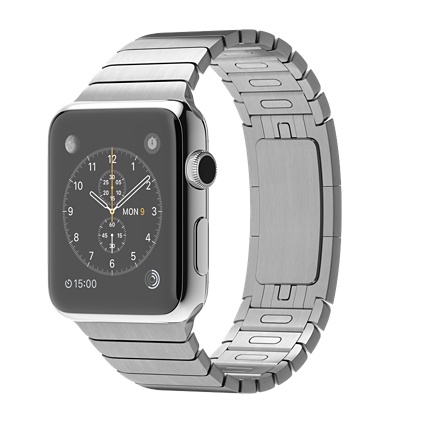I’ve read a few times in the past that one of the big ideas Steve Jobs (or someone at Apple) had about the iPhone was to release it without ties to any carriers. In other words Apple, ever wary of depending on a third party for core technologies in their modern incarnation, reportedly considered launching their own cellular network. While that seems like an endeavor that only current Apple could afford (pre-iPhone Apple wasn’t quite as flush with cash), I’d easily believe they at least considered it.
Fast forward to this week and now Google is jumping into the carrier game, though not quite in the same way. This week they officially announced what has been rumored for a few weeks or months: Project Fi. Project Fi is really an MVNO1, piggy backing off of Sprint and T-Mobile’s network along with wi-fi calling and some other pretty nifty features to optimize network speed and strength based on where you are. And to top it all off, the service offers a very Google-y pricing model: pay for what you use, no really, even if you thought you’d use more. Ron Amadeo, writing for Ars Technica, lays out a perfect scenario for Google’s pricing model:
Project Fi is great for people with fluctuating data usage though. Take me for instance: most days, at home and at work, I’m on Wi-Fi, with barely any data usage, but there are those months where I travel a lot, and then my data usage spikes. Project Fi would give me money back for the low-data months, while flexing to a larger plan when during busy months. For a person like me, it’s perfect. I don’t need data all the time, but when I do need it, I need it to be fast and plentiful.
Who knows if Project Fi will project fizzle like some of Google’s groundbreaking projects or if it will soar into success like so many others. One thing is for certain, I’m glad we have companies like Google and Apple as the forward thinking companies of our time. They couldn’t be more different in how they approach new technology and initiatives, but having one without the other certainly wouldn’t be very exciting.
-
Mobile virtual network operator. Essentially they lease carrier towers to provide their network coverage. ↩
